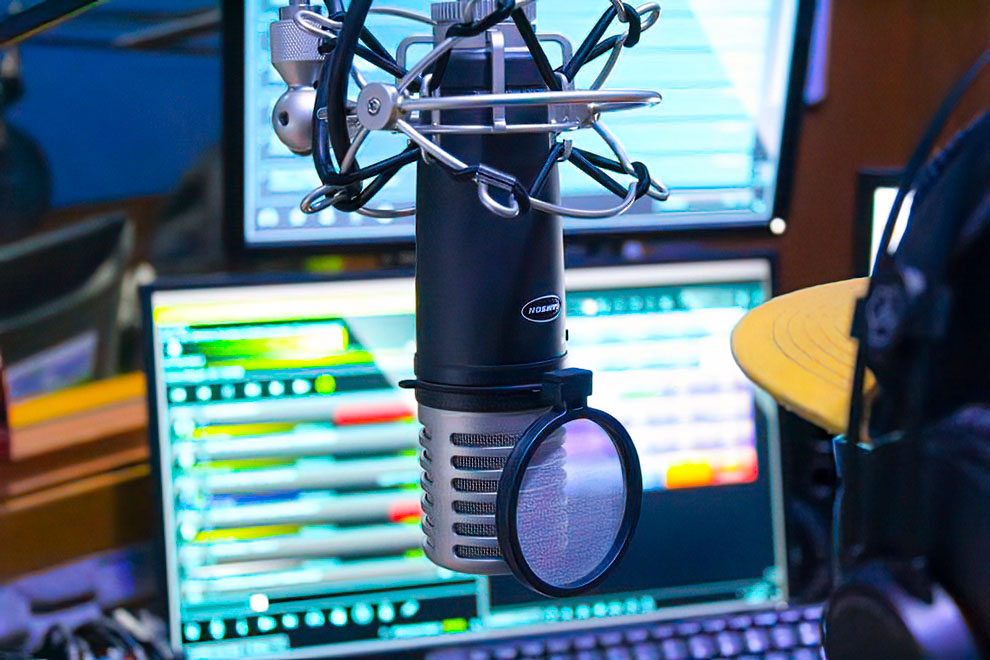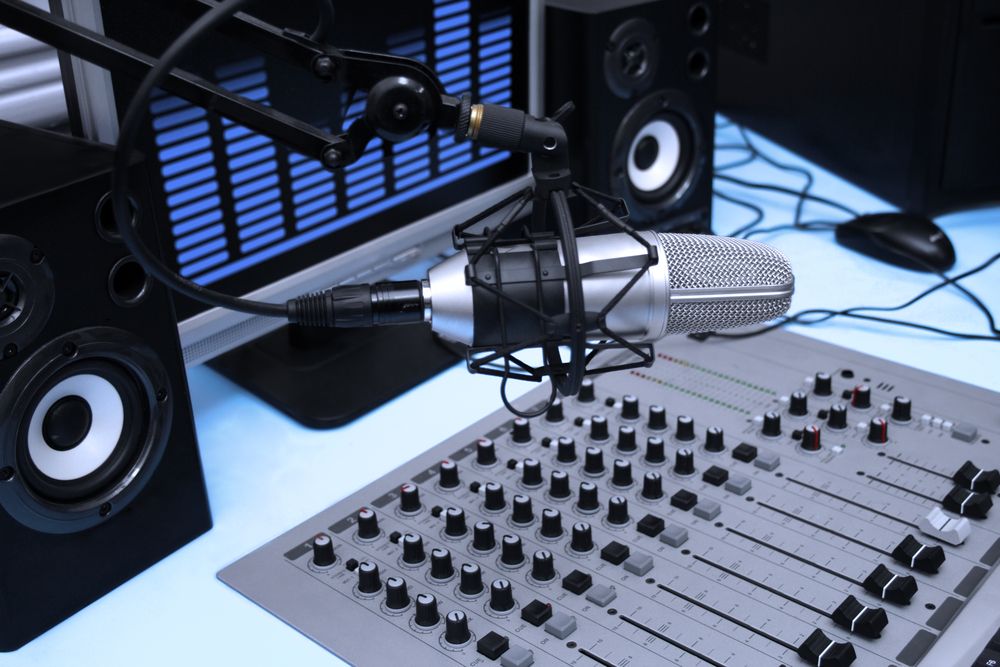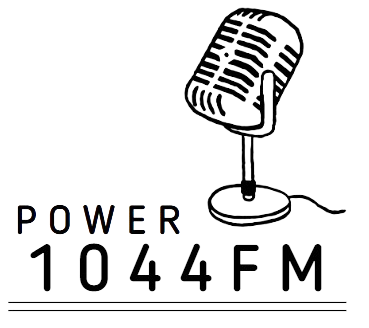In the dynamic world of radio broadcasting, technology plays a vital role in shaping the way hosts engage with their audience and deliver content. From microphones to mixing consoles, digital audio workstations to live streaming software, the array of technologies and equipment available to radio hosts is vast and diverse. In this article, we’ll explore some of the essential technologies and equipment used by radio hosts to create compelling and professional broadcasts.
Microphones: The Voice of the Host
One of the most fundamental pieces of equipment for any radio host is the microphone. A high-quality microphone is essential for capturing clear and crisp audio, ensuring that the host’s voice is heard loud and clear by listeners. There are various types of microphones used in radio broadcasting, including dynamic, condenser, and ribbon microphones, each with its own unique characteristics and applications.
Dynamic microphones are commonly used in radio broadcasting due to their durability, reliability, and ability to handle high sound pressure levels. Condenser microphones, on the other hand, are prized for their sensitivity and clarity, making them ideal for capturing vocals and nuanced sound sources. Ribbon microphones offer a warm and natural sound quality, making them popular choices for broadcasting voices and musical performances.

Mixing Consoles: The Heart of the Studio
Mixing consoles, also known as audio mixers or soundboards, are central to the operation of a radio studio. These devices allow hosts to control and manipulate audio signals from various sources, including microphones, music players, and sound effects, before sending them to the broadcast output. Mixing consoles come in a variety of sizes and configurations, from compact digital consoles to large analog desks with dozens of channels and controls.
Modern mixing consoles often feature advanced digital signal processing capabilities, including EQ, compression, and reverb, allowing hosts to enhance and tailor the sound of their voice in real-time. Many consoles also include built-in effects and automation features, streamlining the production process and ensuring a polished and professional sound.
Digital Audio Workstations (DAWs): The Power of Post-Production
Digital audio workstations, or DAWs, are software applications used for recording, editing, and mixing audio. These powerful tools enable radio hosts to manipulate and refine their recordings with precision and flexibility, allowing for seamless editing, seamless transitions, and seamless integration of music, sound effects, and other audio elements.
Popular DAWs used in radio broadcasting include Adobe Audition, Pro Tools, and Reaper, each offering a wide range of features and capabilities for audio production. With a DAW, hosts can record their voiceovers, edit out mistakes or pauses, add music beds or sound effects, and mix everything together into a cohesive and engaging broadcast.
Live Streaming Software: Reaching Audiences Beyond the Airwaves

In addition to traditional radio broadcasting, many hosts also utilize live streaming software to reach audiences online. Platforms like YouTube Live, Twitch, and Facebook Live allow hosts to broadcast their shows in real-time, interact with viewers through chat, and reach new audiences beyond the airwaves.
Live streaming software typically offers features such as multi-camera support, screen sharing, and built-in chat functionality, making it easy for hosts to engage with their audience and deliver dynamic and interactive broadcasts. Whether it’s a live interview, a remote broadcast from a special event, or a behind-the-scenes look at the studio, live streaming software opens up new possibilities for radio hosts to connect with their listeners in exciting and innovative ways.
As technology continues to evolve, so too does the world of radio broadcasting. From microphones and mixing consoles to digital audio workstations and live streaming software, the technologies and equipment available to radio hosts are more advanced and accessible than ever before. By embracing these tools and harnessing their power, hosts can create compelling, professional broadcasts that engage and inspire listeners around the world.


